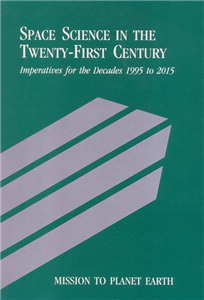Zonnestelselmodel (Solar System Scale Model) 1:100 billion (Dutch)
The perfect tool to learn all about our Solar System
by Rob Walrecht
This unique product is both a scale model and concise encyclopaedia of the Solar System in one! It consists of sixteen information-packed cards (10x12 cm or 4x5 inch), all pertaining to the Sun, the planets, the Moon, asteroids, comets and the new class to which Pluto now belongs, the dwarf planets. These cards are a quick way to learn all there is to know about these objects, as well as being ideal for youngsters, papers and talks! Primarily, however, it is an exquisite scale model (scale 1:100 billion) of our fascinating Solar System, presenting the best possible representation of the distances within our Solar System as well as the unimaginable emptiness of the universe. In this scale model, the Sun is the size of a marble (14 mm), Jupiter, which is at 8 m/26 ft from the Sun, as large as a plastic pin-head, the Earth (at 1.5 m/5 ft) as large a grain of coarse sand, Mars (at 2.3 m/7.5 ft) as large a grain of fine sand and Pluto, which would now be at 47 m/155 ft from the Sun, as large as a dust particle... The scale model, when completely placed, is 64 m (210 ft) long. The closest next star is at 400 km (250 miles) from the Sun! The cards show the sizes of the Heavenly bodies at scale, as well as these sizes one hundred times ‘enlarged’, for better comparison of the members of our Solar System. Special standards to place them are included and the cards contain holes to be hung on the wall or from sticks. Available are an English version (with metric units), a US version (with inches, miles, Fahrenheit etc.) and a Dutch version.


















